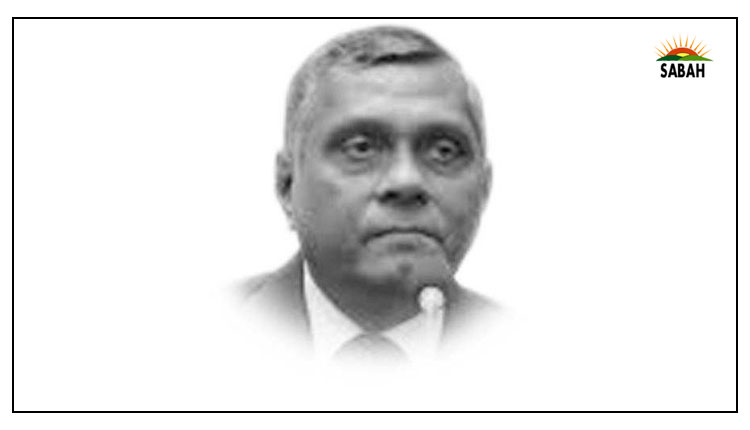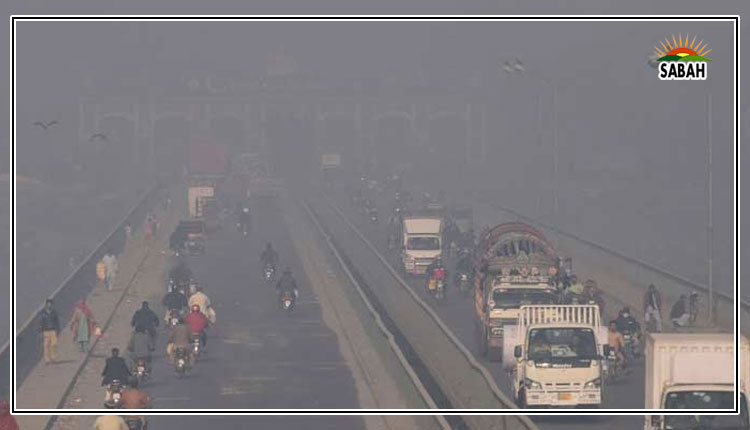The success mix…Sarah Nizamani
THE year is 1990, 65 per cent of the population in this country cannot read, 86pc has no access to electricity, and the average number of children per woman is 4.5. This country is poor, overcrowded and is known for corruption and bad governance. Yet by 2021, it has several reasons to celebrate. First, this country is the star economic performer in South Asia. Before Covid-19, it grew at an annual rate of 7pc for 10 consecutive years (close to Chinas 8pc). Its GDP per head (at market prices) is higher than Indias, and it exports more textiles in a month than 14 African countries combined in a year. Second, despite its problematic politics, it prides itself on being secular and democratic. Third, given its astonishing human development, it is on its way to being promoted from a basket case to an upper-middle-income country by 2031. The country is Bangladesh.
For a comprehensive view of development in Bangladesh, one must understand what motivates it. Bangladeshs misfortunes began when it was still a part of Pakistan and the Bhola cyclone claimed half a million lives. This was followed by the harrowing events of the war of 1971. In 1974 came the famine, resulting in the loss of 2pc of the population; it was followed by the assassination of Sheikh Mujibur Rahman, its founding father, in 1975. These catastrophic events instilled a crucial realisation in Bangladeshi society that for the country to survive, disaster management and food security had to be state priorities. Scholar Naomi Hossain notes that these events were successful in building a consensus among Bangladeshi elites that their survival was dependent on basic investment in human development and social protection.
Secondly, by acknowledging womens issues as significant public policy concerns early on, Bangladesh distinguished itself as unique and progressive from other low-income countries. An interview of garment factory workers revealed that all of them were women who came from the countryside and were unschooled and vulnerable to a range of shocks. Had they not been in paid employment, they would have been in early marriages having multiple pregnancies, feeding the perpetual cycle of destitution. While they have concerns, an opportunity to be an active female economic contributor in a low-income country has been a transformative experience that changed Bangladeshs growth trajectory.
Third, luckily for Bangladesh, the administration was too weak to exert coercive measures and intervene, resulting in ample space for non-governmental action. The cyclones and famines were proof enough that the state lacked the capacity to provide services. The concerns were so many and so massive that the government was happy to accept any help available. This created space for individuals like Fazle Hasan, who formed BRAC (now the worlds biggest NGO) and helped Bangladesh get richer. BRAC not only educates and inoculates millions but also runs a bank, driving schools, poultry farms, seed companies, even fashion boutiques, etc.
Bangladesh is a stunning example but not the only one. Numerous attempts have been made to understand factors behind poverty, but upon closer analysis, a pattern emerges. In The Time Travelling Economist, investment banker Charlie Robertson proposes that when the masses stay illiterate, and have low or no access to electricity and continue to have more children, poverty becomes a never-ending cycle.
Adult literacy is the first step. American economist Mary Jean Bowman estimated that a 40pc adult literacy rate was needed to sustain growth, while industrialisation requires a literacy rate of at least 70pc to 80pc. This explains why Pakistan has been stuck in its preindustrial phase for long, and why China was able to industrialise faster than India. Between 1990-1994, China attained 80pc adult literacy, while India was stuck at below 50pc. However, there are examples of countries with almost 100pc literacy and yet in a crisis, like Sri Lanka. What inhibits industrialisation when ideal literacy is achieved? The answer is lack of power. Industrialisation is a function of cheap labour and cheap, reliable electricity. The only countries to skip this pattern are oil rich.
Last but not the least is the family size. IMF research on China shows that Chinas one-child policy resulted in massive accumulation of household savings, solely credited to the smaller family size. Fewer children mean more resources to invest in their future. Higher savings mean more money in banks and its availability to invest in businesses.
Pakistan doesnt need imported strategies or a commodity price boom to fix its barely breathing economy. Instead, it needs smaller families, basic education and investment in the power infrastructure to fix its long-term economic growth issues.
Courtesy Dawn











